There are situations where Europe by car is one of the best ways to experience your destination’s diverse cultures, breathtaking landscapes, and hidden gems. However, renting a car in Europe can be overwhelming, with unfamiliar rules, potential hidden fees, and logistical challenges. This guide to How to Rent a Car in Europe will help you find the best car rental deals and avoid hidden fees and surprises, helping to create an stress-free rental experience. Plus, don’t forget to grab your free downloadable checklist to use while booking your car rental and during pick-up and drop-off!
This post may contain affiliate links. If you make a purchase through these links, we will earn a small commission at no additional cost to you. We recommend products we have personally used or verified. Read the full disclosure here.
Don’t have time to read the whole article? Check DiscoverCars.com for the best deals on Europe Rental Cars!
Pin this for later!
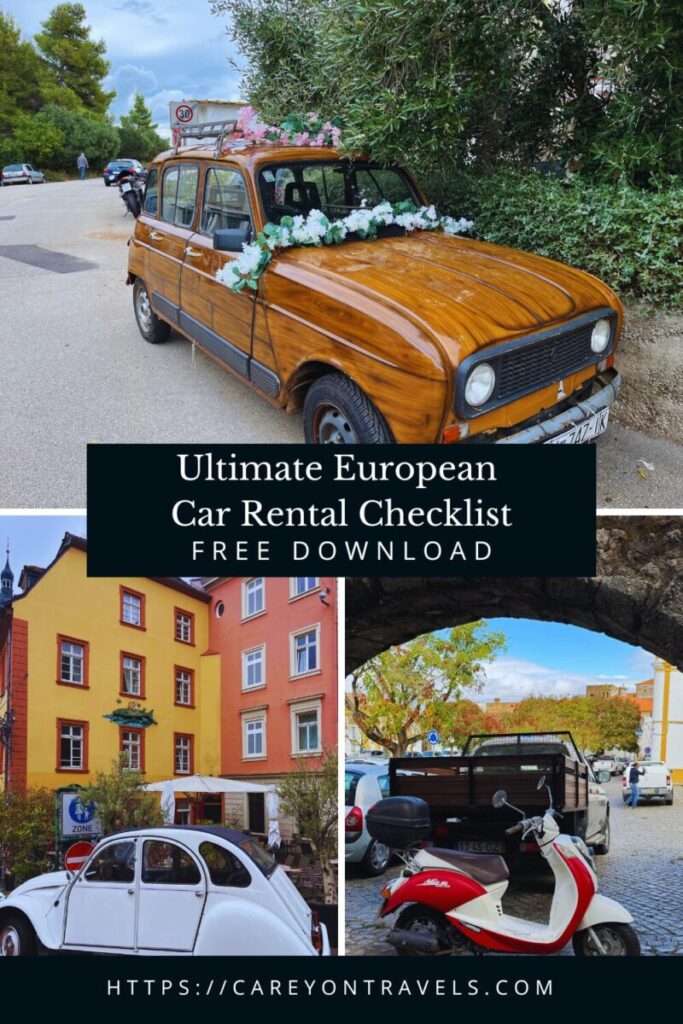
How to Rent a Car in Europe Highlights
Should I Rent a Car in Europe?
Renting a car in Europe gives you unparalleled freedom to explore at your own pace. Trains and buses can be the most efficient transport options in many cases. There are other the situations where a car may offer the most benefits, including:
- Cost-effectiveness for groups or families: The cost of purchasing multiple train or bus tickets may be more than a car rental, including all fees and fuel costs
- Flexibility and freedom: Travel at your own pace without being tied to train or bus schedules. Access off-the-beaten-path destinations, from small villages in Sicily to hidden beaches in Portugal.
- Access to scenic routes and trails: Drive scenic routes like the Amalfi Coast in Italy or the Grossglockner Alpine Road in Austria.
- Convenience: Customize your itinerary without worrying about train schedules or ticket availability.
Pro tip: If you don’t need a car for your whole trip, but would like to access remote hiking trails, beaches, or other outdoor activities, consider just renting the car for the day you need it.

Top Challenges of Renting a Car in Europe
While the benefits are clear, a Europe car rental comes with its own set of challenges. Some of the main challenges that you may encounter are:
- Understanding local driving laws and toll systems,
- Navigating hidden fees for insurance, fuel policies, and cross-border travel,
- Choosing the right vehicle for your trip,
- Disputes over alleged damages with the rental car company,
- Issues with payment methods at pickup,
- Language barriers in rental agreements.
One example of what can go wrong: On one of our trips, we picked up our car in Dubrovnik, intending to drive into Montenegro. We were informed of an additional $140 cross-border fee to drive into Montenegro. Taking the car on a ferry would have cost even more. Had we been more attentive in reviewing the rental conditions when reserving the car, we would not have missed this.
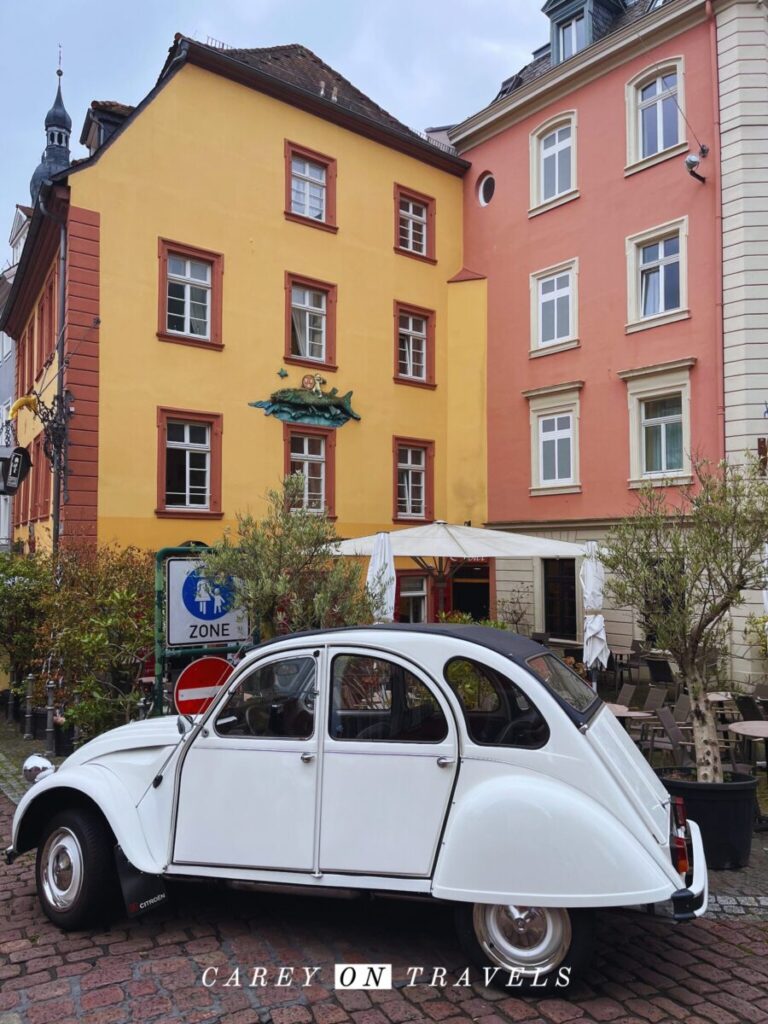
Download our Ultimate Europe Car Rental Checklist below, to ensure you’re prepared every step of the way.
Tips for Finding the Best Deals
1. Book Early
- Early-bird rentals: Secure your rental at least 4-6 weeks in advance to get the best rates, especially during peak travel seasons like summer or the holidays. Try to make reservations that are cancellable; then check weekly or every other week to see if prices have come down.
- Avoid Last-Minute Premiums During Peak Travel Seasons: During peak seasons like summer or holidays (e.g., Christmas, Easter), demand skyrockets, leading to limited availability and higher prices.
2. Biggest Car Rental Companies in Europe
The biggest car rental companies in Europe include global and regional brands such as Hertz, Avis, Enterprise, Sixt, and Europcar. These companies dominate the market. They offer rental car locations in major cities, airports, and train stations across Europe. They have fleets that include economy cars, SUVs, and high-end vehicles.
There are also local operators though. We’ve summarized the pros and cons of renting from these global brands and from local carriers below.
Pros and Cons of Renting a Car from Global vs Local Brands in Europe
| Pros | Cons | |
| Global Europe Rental Car Brands | Reliable service across multiple locations. May be easier to handle cross-border rentals in Europe. Often have better customer support and loyalty programs. | Typically more expensive than local operators. Policies may include higher insurance fees. |
| Local Europe Rental Car Brands | Usually offer cheaper base rates. May have more flexible terms for specific regional needs. May have higher security deposit requirements. | Inconsistent policies, with higher risks of hidden fees. Customer service and roadside assistance might not be as robust, particularly in dispute resolution. Often have more limited pick-up and return hours. |
3. Compare Prices Thoroughly
Our preferred platform is DiscoverCars to compare rates and inclusions. Regardless of platform used, consider using these tips for car rental comparison tools.
- Look beyond the daily rate to assess total costs, including insurance, taxes, and fees.
- Leverage Aggregators: Use platforms like DiscoverCars to view side-by-side comparisons of rental companies, pricing, inclusions, and reviews.
- Filter by Needs: Focus on total costs, not just the daily rate. Look for quotes that include insurance, taxes, and unlimited mileage to avoid surprise fees.
- Check for Hidden Fees: Read the conditions and pay attention to fine print for add-ons like young driver surcharges, airport pickup fees, or out-of-hours charges.
- The Importance of Europe Car Rental Reviews: Reviews often highlight issues with hidden fees, long wait times, or poor customer service. Pay attention to feedback on vehicle condition, ease of returns, and how disputes are handled.
- Verifying Transparency: Look for companies with clear pricing policies and highly rated insurance terms. Consider both the platforms and the rental company’s reputations.
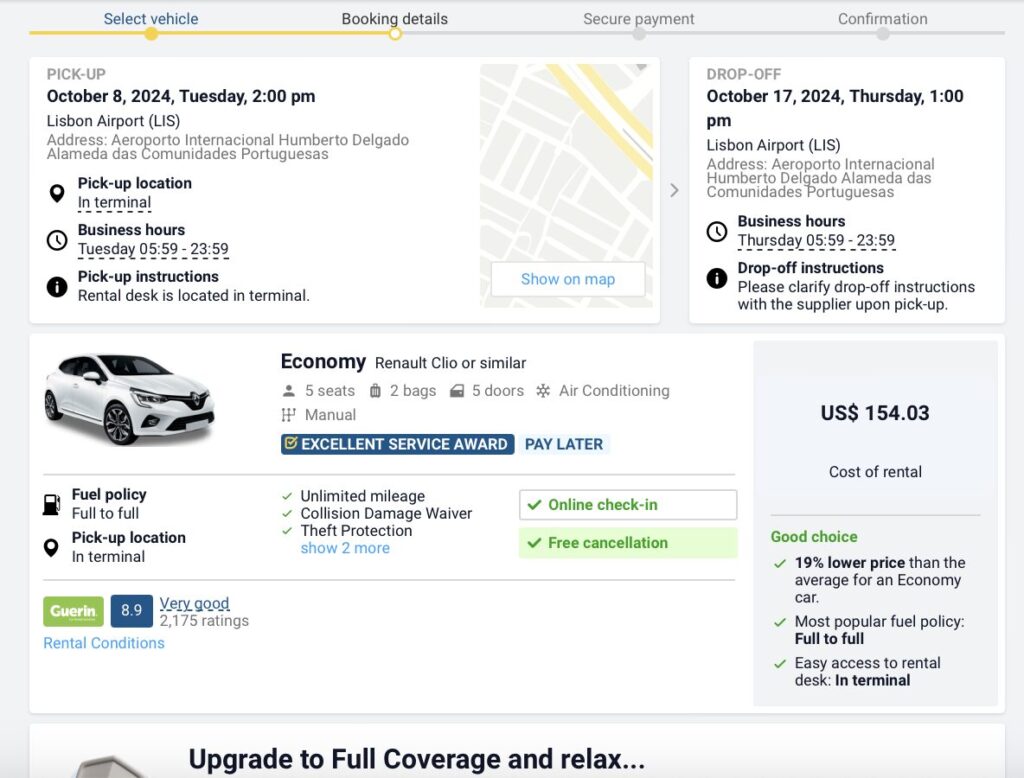
4. Take Advantage of Discounts
- Bundling Opportunities: Combine car rentals with flight or accommodation bookings through platforms like Expedia or Skyscanner for package discounts. We often find better deals on DiscoverCars, but it is worth cross checking.
- Discounts for Longer Rentals: Many rental companies offer discounted rates for rentals lasting 7+ days.
- Off-season travel: If traveling in shoulder or off-season months (e.g., spring or fall), rentals may be more affordable. It’s easier to access promotional rates when booking early.
- Consider loyalty programs (such as automobile associations) or credit card partnerships that may offer additional perks or discounts.
- Flexible pick-up and return times: Flexibility in your pickup and drop-off dates can also help reduce costs. Check pick-up and drop-off mid-week instead of weekends where possible.
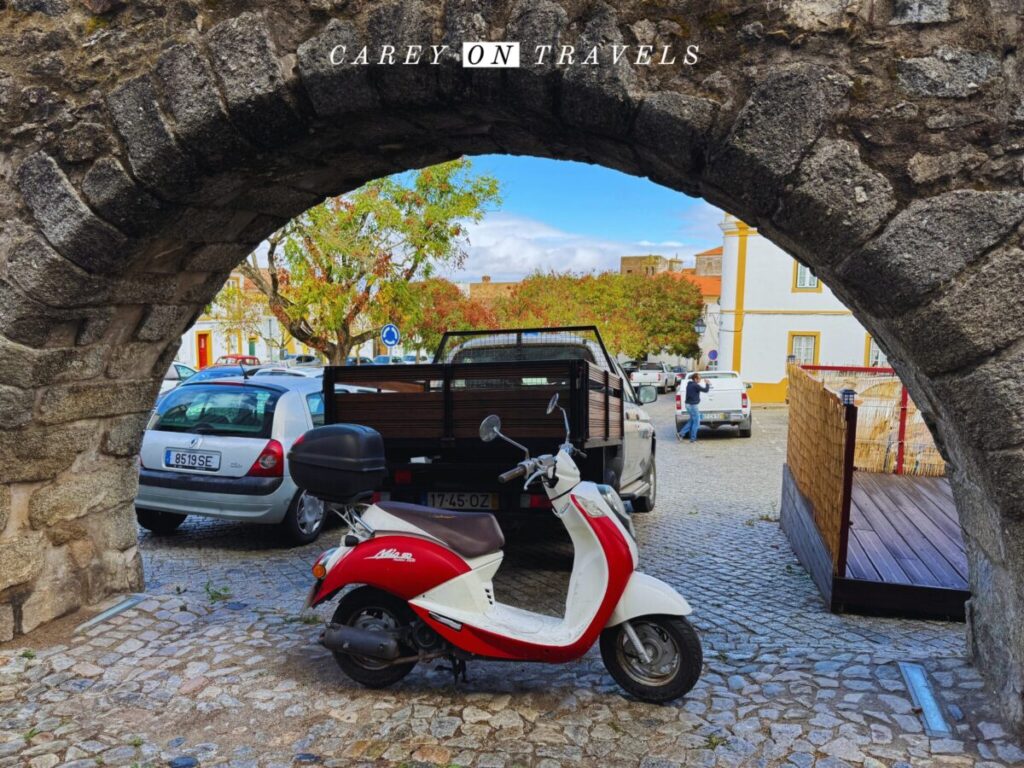
How to Avoid Hidden Fees
1. Insurance for European Car Hire
In Europe, rental companies are required to include basic insurance, such as Collision Damage Waiver (CDW) and Third-Party Liability Insurance. However, these often come with high deductibles that you’ll be responsible for if something goes wrong.
Optional Insurance
- Rental agents frequently upsell additional coverage like excess reduction, personal accident insurance, or roadside assistance. These can easily double your rental cost.
- If you already have coverage through your credit card or travel insurance, these add-ons may be unnecessary. Be prepared to confidently decline. Bring proof of your alternative coverage (e.g., a letter from your credit card company) to avoid pressure at the counter. Be sure to check your card policy’s country exclusions, to ensure you’re covered. Italy, for example, is often excluded.
- It is often less expensive to buy full coverage through an aggregator site vs buying it at rental pickup. When we need to buy insurance, we almost always buy it through DiscoverCars.
2. Fuel Policies
Europe rental car companies often offer two options for fuel.
- Full-to-Full: This is the most economical and transparent option, as you only pay for the fuel you use.
- Pre-Paid Fuel: The company charges you for a full tank upfront, often at inflated rates, and expects the tank to be empty upon return.
Pro Tip: Always check the tank level before leaving the lot to ensure it matches the paperwork.
Pro Tip2: If you get an electric or natural gas car, confirm expectations for re-filling the tank at pick-up. We went way out of our way to fill up our natural gas tank in Sicily, only to find out that they only care that the petrol tank is filled.
3. Rental Car Europe Multiple Countries
Is it possible to rent a car in one European country and take it into another country? Yes, it is generally possible, but you need to check the rental conditions regarding the specific country or countries that you want to take the car into. They may also require prior approval. For example, we rented a car in Portugal, intending to drive to Spain. We were able to do this, despite incurring an additional fee. When we rented a car in Croatia, however, we were not allowed to take the car into Albania. Simply check the rental conditions before booking for restrictions and fees.
Europe Car Rental One Way
Do you want to pick up a Europe car rental in one country, with drop-off in a different country? It is generally possible, but you need to check the rental car conditions as mentioned above. Additionally, some rental car companies charge a steep fee for drop-off in another country. Which car rental companies in Europe have no one way fee? We have consistently found no one way fees or low one way fees in Europe with Sixt. AutoEurope also advertises no one way fees.
4. Mileage Limits and Other Miscellaneous Fees
Some of the common additional fees to be aware of:
- Out-of-Hours Fees: Picking up or dropping off a car outside normal operating hours can incur extra fees. Ensure your rental times align with business hours whenever possible, or that you have free out of hour returns. Keep in mind that policies vary by location.
- Ferry Fees: many companies charge extra fees if you plan to take the car on a car ferry. Some companies restrict you from taking a car on a ferry.
- Mileage Limits: Some rentals include unlimited mileage, but others may have daily limits with costly penalties for exceeding them.
- Late Returns: Returning the car even an hour late can result in a full-day rental charge. Plan your schedule carefully and communicate with the rental company if delays are unavoidable.
5. Extra Charges for Drivers
- Additional Drivers: Most companies charge a daily fee for each extra driver.
- Young Drivers: Drivers under 25 (or sometimes under 30) often face steep surcharges.
Europe Car Rental Age Limits
Car rental age limits in Europe vary by country and by rental company. Generally, the minimum age is between 18 and 25 years. Many companies require drivers under 25 (and sometimes 30, as mentioned above), to pay a young driver surcharge. Some countries, like the UK and Ireland, may have a higher minimum age or additional restrictions for younger drivers. Certain companies also impose upper age limits, typically for drivers over 70 or 75, and may require proof of health or additional insurance.
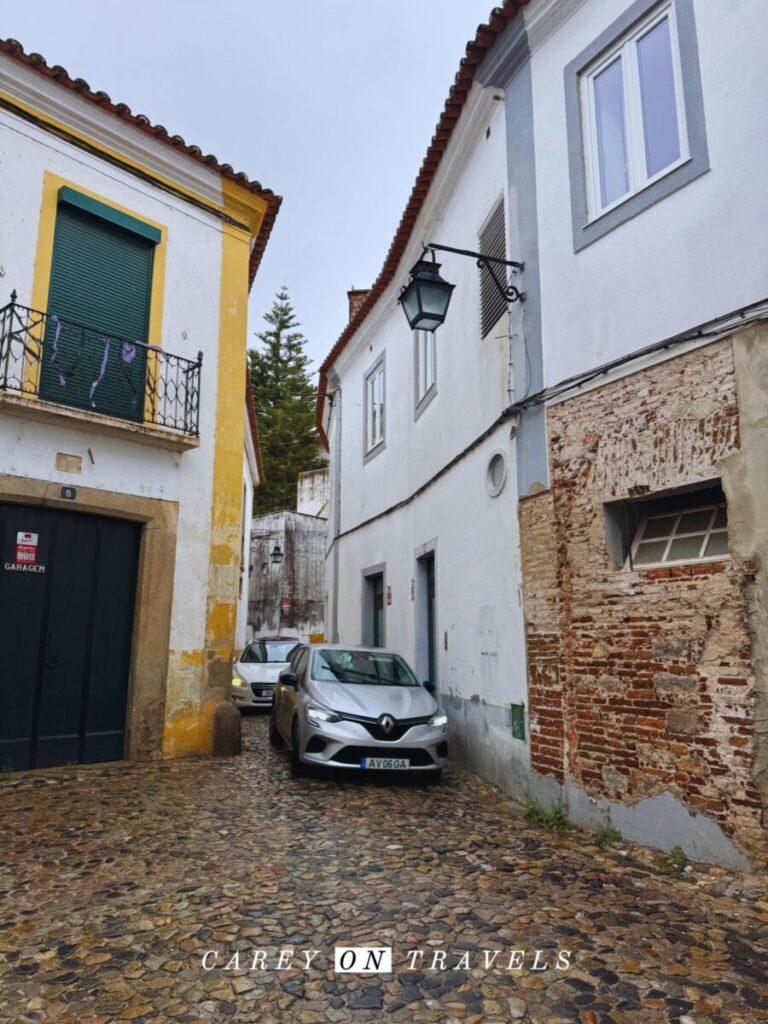
Choosing the Right Car
1. Size Matters
For those planning to drive in cities or in historic towns, keep in mind that roads, parking spots, and garages are often narrow. It is much easier to navigate these with a smaller car (compact car or smaller). We have had apartment rentals that come with a parking spot. Invariably, the spiral ramp down to the garage is very narrow, and the spots seem tiny compared to the U.S. Keep in mind that some hotels have car elevators, which require you also to fit your car in a tight space.
For long road trips or group travel, consider larger vehicles with ample luggage space. Be sure to check whether your larger vehicle can fit in the parking at your lodging before reserving.
Pro Tip: Choose a vehicle suited to the terrain you’ll encounter. For example, opt for a smaller car on winding Amalfi Coast roads or a 4×4 for rugged areas like Iceland or the Alps.
2. Fuel Type
- Diesel vehicles are more fuel-efficient and widely available in Europe, often making them a cost-effective choice for longer trips.
- Electric or hybrid cars can save on fuel costs but may require careful planning for charging stations.
We had an issue with a rental car on a trip to Sicily, renting with Avis. We were half-way across the island when we realized they had given us a natural gas car. We spent more time on this trip trying to find open CNG stations and filling up the tiny regular gas tank, when those weren’t available. Thankfully, we had a local friend who pointed us to the few CNG stations actually available in the area.
3. Manual vs. Automatic
- Manual Transmission: These are the most common in Europe and generally are cheaper to rent.
- Automatic Transmission: These are preferred by many travelers but are less common, especially in smaller rental locations. Be sure to book early to ensure availability, and be aware that these are typically more expensive.
Pro tip: Don’t assume that an automatic car will be available at pick-up if you haven’t reserved one.
Pro tip2: Driving a manual car on the other side than you normally drive on can be quite challenging and stressful. For example, if you normally drive on the right side of the road and rent a car in the UK, Ireland, or Malta, you’ll need to shift with your other hand, in addition to driving on the left side.

Practical Tips for a Stress-Free Rental Experience
1. Before Pickup
- Prepare essential documents: driver’s license, passport, credit card, and rental confirmation.
- Read the rental agreement and conditions carefully, noting policies for fuel, mileage, and insurance.
Can You Rent a Car in Europe with US License?
Yes, you can rent a car in Europe with a valid US driver’s license in many countries. However, some countries also require that you bring along a valid IDP (International Driving Permit). You can often get these at AAA or similar before you leave the US. Countries such as Austria, Italy, and Spain often will enforce this requirement, while others do not. Check requirements for your specific destination before traveling to confirm if an IDP is required. Bringing along an IDP can help to mitigate any issues in case of a traffic stop or accident.
2. At Pickup
- Inspect the vehicle thoroughly and document any scratches, dents, or interior issues before driving off. Take photos or videos with time stamps as evidence.
- Ensure the rental agent notes all damages on the inspection sheet.
- Confirm that required items (e.g., GPS, child seats, or vignettes) are in the car and functional.
3. During the Rental
Familiarize yourself with local driving laws and road signs before you pick up your rental. Some things to consider:
- Toll Roads: Many European countries have extensive toll road systems, and fees can vary significantly. Pro Tip: Check if your rental includes an electronic toll pass. If not, carry local currency for toll booths. If yes, confirm how this is billed.
- Vignettes: Some countries (e.g., Switzerland, Austria, Czech Republic) require a vignette (a prepaid highway sticker) for driving on motorways. Ensure your rental car includes a valid vignette or purchase one at the border or a nearby gas station. Fines for driving without one can be quite high.
- Emission Zones: Many cities have low-emission or congestion zones that require special permits or fees. Confirm whether or not your car meets these standards with the rental company. If unsure, assume you don’t have a permit and avoid these areas.
- Country-Specific Driving Rules to Know
- Speed Limits can vary by country and road type. For example, Germany’s Autobahns have stretches with no speed limits, while France strictly enforces limits. Be aware that GPS apps are not always accurate when broadcasting the current speed limit.
- Some countries require specific items in the car, such as a reflective vest, warning triangle, or breathalyzer kit. These should be provided by the rental company, but confirm before driving.
- Driving Side: In the UK, Ireland, and Malta, cars drive on the left, which can be hard for travelers from right-hand-driving countries.
4. At Drop-Off
- Refueling: Return the car with a full tank if under a full-to-full fuel policy. Save the receipt as proof.
- Cleanliness: Remove trash and clean major messes before returning to avoid cleaning fees.
- Final Inspection:
- Ask for a signed receipt confirming the car’s condition and fuel level upon return.
- Take photos of the car at the drop-off point as evidence in case of disputes.
- Timing: Arrive on time or slightly early to avoid late return penalties. If returning after hours, confirm the procedure in advance and document the drop-off (e.g., photo of the car in the return location and the key in the drop box).
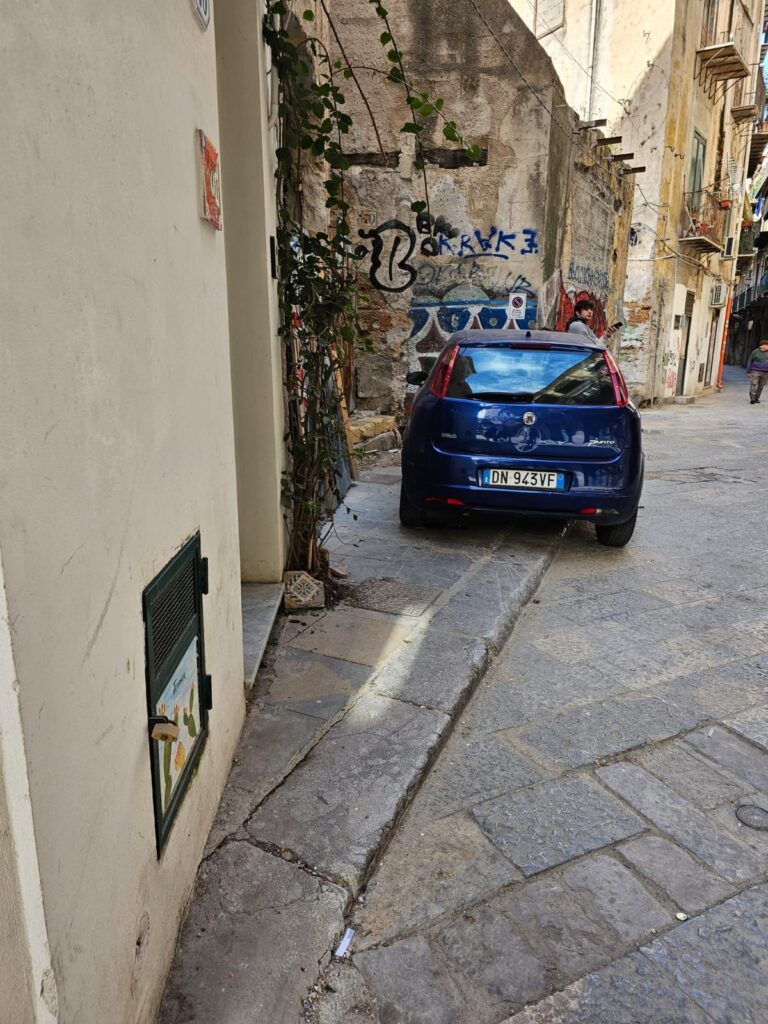
Download the Free Europe Rental Car Checklist
Ready to simplify your European car rental experience? Click below to download our European Car Rental Checklist and ensure a stress-free journey.
Final Thoughts on How to Rent a Car in Europe
Renting a car in Europe doesn’t have to be daunting. With these tips and our comprehensive checklist, you can find the best deals, avoid hidden fees, and focus on the joy of exploring. From iconic road trips to charming villages, the open road awaits. Happy travels!
If you enjoyed this post, pin it for later!


Travel Resources
We recommend booking through our preferred travel booking sites below.
| Air Travel | SkyScanner |
| Lodging | Booking.com, VRBO.com, Expedia.com, Hostelworld |
| Tours and Activities | Viator.com, GetYourGuide.com, TakeWalks.com |
| Car rentals | Discovercars.com |
| Travel insurance | Squaremouth |
| Bike and scooter rentals | BikeBookings.com |
| Train tickets | Trainline, RailEurope |
| Bus tickets | Flixbus, Busbud |





Highly recommend this website! I’m really impressed with the content — it’s very informative, well-organized, and easy to navigate. I found exactly what I was looking for without any hassle, and I’m confident that others will find it just as helpful. Whether you’re planning a trip or just exploring car rental options, this site is definitely worth checking out.
Hello! What car rental companies do you recommend using when travelling in Italy? thanx
Good question, and I think the answer depends on where in Italy you are renting from. For example, if you rent from FCO in Rome, the top rated company (based on user reviews) is LocAuto. If you are looking for an international car rental agency, Alamo is the highest rated in FCO, followed by Enterprise.
I applaud people who are able to rent cars and drive in foreign countries, but that is definitely not for me. I’m always too busy looking around to pay attention to driving, and it seems stressful as well. Lots of good info here for those who want to drive. I can see many benefits to it.
Renting a car is certainly not for everyone. We enjoy taking trains too when they make sense logistically.
Great post!
I guess the main difference to driving in Canada/the US is the availability of automatic cars – we always find it is more expensive to rent an automatic – but we pay the extra so we don’t have to have the extra stress of driving stick for the first time in 10 years!
Sounds like a good choice to rent automatics. I drive manuals frequently (and prefer them), but it can add a lot of stress if you’re not used to it.
Such a great guide! There are so many hidden pitfalls to renting a car in Europe and this post helped me to remember to check all of them! Thank you.
Thanks for the feedback!
Great and informative post! I live in Germany and have a car, but am bookmarking it and sharing with incoming guests who will be renting!
Thank you
I’m currently trying to plan my European sabbatical right now and I’ve come to the conclusion that driving is probably the way to go for me – so this post comes at the perfect time! Thank you for this and I’ll probably be referencing a lot as I plan out my journey!
Good luck with your sabbatical planning!
Very helpful post! I recently rented a car in Spain and while driving was easy out on the highways, city driving was stressful. I also learned right turns on red lights are illegal in the city – they are quite the norm and encouraged in California. No right turns on red is more pedestrian friendly!
City driving can be quite stressful indeed.
This is awesome! We always take video of the car at pick up and drop off. We got a car with hail damage, and after the trip they tried to charge us over 300 euros and we’re like – PROVE that it was us, please! We have video. And that stopped them really quickly. I feel like a lot of companies do it because they can and people don’t want to fight. This is all around a great guide for renting a car – will keep handy because I don’t want to forget the next time I’m in Europe
Thanks for the feedback. Glad you captured the hail damage on video–that can make a huge difference when making your case.
I live in a suburban area of Germany and I drive, so I’d say renting a car in Europe is very convenient unless you go from city to city. I’d say, rent a small car, as towns and cities are “tighter” than in the US, so you will deal with narrow roads. Also, parking fees can be steep so budget for that.
Thank you for the feedback. Parking can be quite expensive depending on where you’re traveling, good point.
This is great information!!! Thanks for compiling and making it easy to research!
Thank you for the feedback.
Great tips! I have to get an automatic because I have no idea how to drive a manual.
Good tips on renting a car in Europe! Yes, the roads are narrow, so small sedans are probably the best. Manual is better if you can manage as the rates are lower and the landscape is probably mountainous and hilly. Good tip about International driving license although most countries today accept the local license as long as it is in English. Great tip about local vs global car rental companies!
Thanks for the feedback! I haven’t been asked for an international drivers license in years, though on paper, we’re required to have one in a number of countries coming from the US.
This is an absolutely PHENOMENAL guide to renting a car in Europe. Thank you for these expert tips. I’ve pinned this guide because it was so helpful, as I might need to rent a car in Europe this year.
Thank you for the feedback!
how good is the parking in Sicily lol, basically just park wherever you want!! This guide is full of helpful information – thank you for putting it together
Drivers in Sicily are definitely quite creative at both driving and parking 🙂
I think that rental cars are the way to go on international road trips since they give you so much flexibility. This is an amazing resource for those road tripping around Europe!
If you want to visit out of the way places, a car is often the easiest. We tend to avoid them in cities or places that are walkable.
Renting a car in Europe can get complicated as each country has its own rules and regulations that might differ from our home country, and of course the language barrier also. You have simplified the process in this post and I like that you have included a downloadable checklist for our convenience.
Thank you for the feedback!
[…] Renting a car is one of the best ways to discover the hidden gems in Sicily at your own pace. The European rental car process as a whole can be challenging. Sicily, on the other hand, has some particular rental car […]
[…] explore everything from beautiful wind-swept beaches to historic old towns at your own pace. While renting a car in Europe can be challenging, navigating the rental process in Portugal can be as tricky as the winding […]